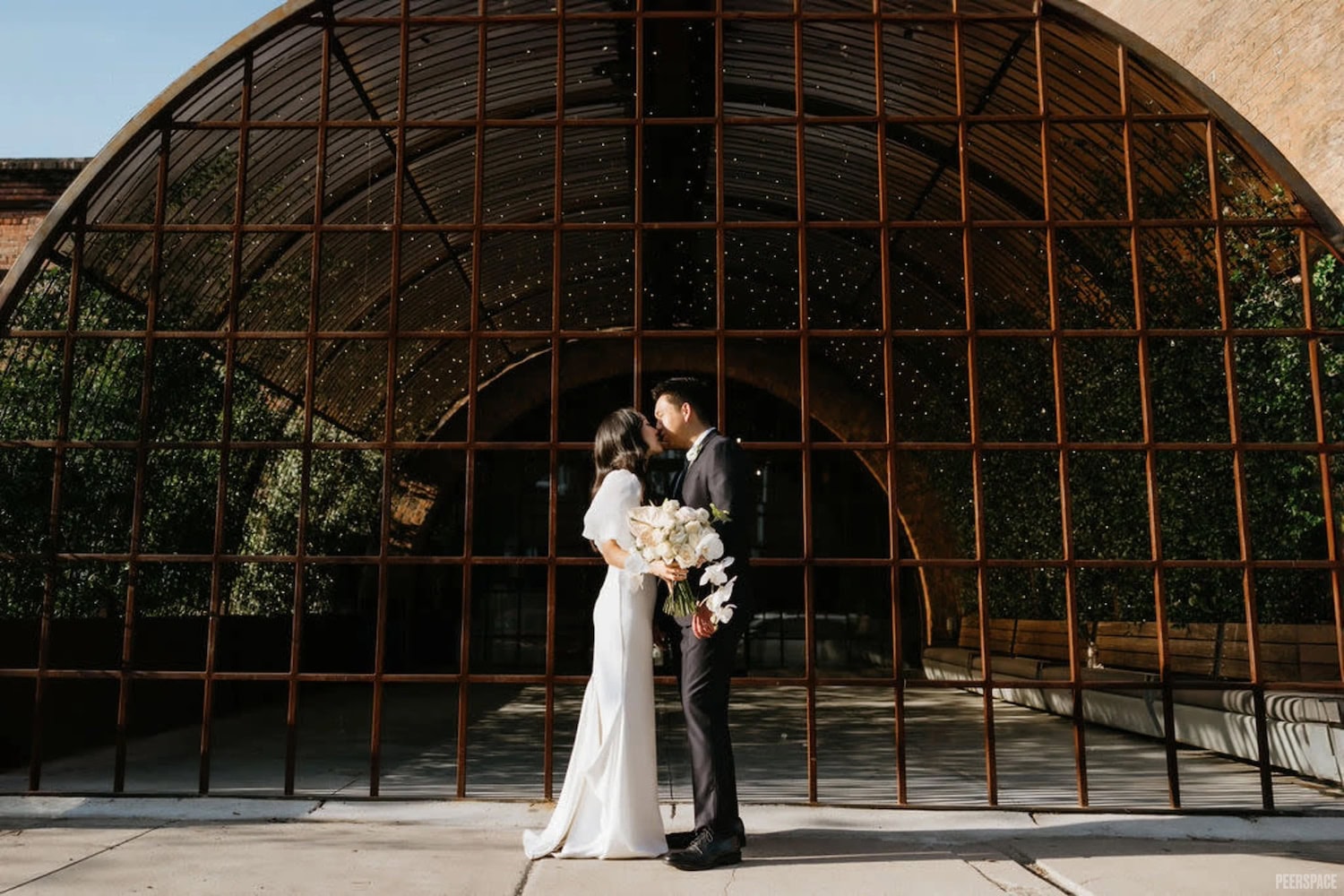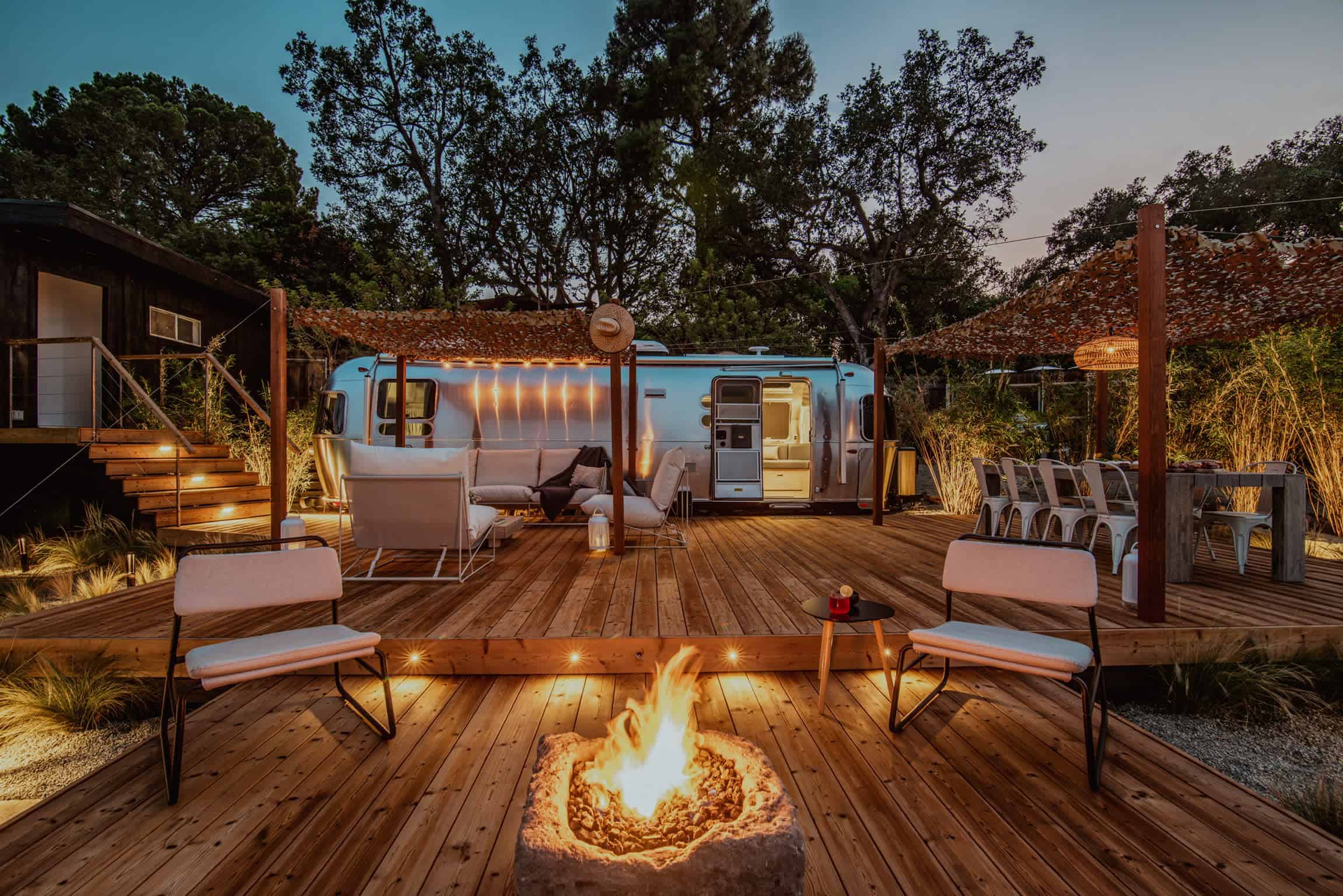
Source: Peerspace
Planning a conference is a huge job — they often take close to two years to plan, depending on the size of the event. However, if you’re ready to make quick decisions and use some handy shortcuts, you can get everything done much sooner. It’s easy to get bogged down in the details of planning, which will just eat up all of your time. Ideally, this conference planning checklist can help you avoid the pitfalls of overthinking, so you can move swiftly through the entire planning process.
A year before your event
Twelve months before the determined date of your event is when you should start thinking about vision, themes, and the objectives of the conference. This is also the time to work out logistics. How many people do you want to attend your conference? Who do you have in mind for potential presenters? What kind of space requirements will you have?
This is a good time to take a look at Peerspace — the largest online marketplace for event and meeting spaces. Don’t just think about the location of the actual conference; Peerspace can help you find the perfect locations for off-site meetings, dinner party venues, or a spot for happy hour drinks.
Once you have some theme details ironed out, you’ll also want to begin designing your website and registration platform. This is also a good time to start thinking about any special events you want to have, like golf outings or special tours for your guests. While doing all of this, be sure to have a rough budget outline. If you’re going to seek co-sponsorship for the conference, now is the time to reach out to others.
Here are a few items to check off your list:
- Set the objectives of your conference, form a planning committee, and hand out assignments
- Establish your logistical needs:
- Number of expected attendees
- List potential speakers and presenters
- Space requirements
- Set your budget and look for co-sponsors
- Determine theme, if any
- Begin designing a website and registration platform
- Send “save the date” notices via email to potential attendees and organizations
- Plan special events (tours, excursions, golf outings, etc.)
10 months out from your event
At this point on the conference planning checklist, you’ll want to know which speakers and presenters you want, then start the process of reaching out to them. This is also a good time to secure accommodations for your speakers and begin working out their travel arrangements. You’ve had a couple of months to work on the website, so it may be advantageous to launch it officially, along with the registration platform. Now you can begin promoting your conference via email: outline the theme, location, and any associated registration fees. Get on people’s radar early.
Key action points:
- Identify speakers and secure hotel
- Begin an initial promotion campaign (include theme, location, and registration fees)
- Launch the registration element of your site
Eight months from your event
During this phase, you’ve hit your hard deadline for proposals. You need plenty of time to review each proposal for presentation; this way, you can notify the people who submitted whether or not they’ve been accepted or declined. This is also a good time to begin recruiting volunteers — this will be an ongoing process over the next few months, but the sooner you begin, the sooner it’s something you can cross off of your conference planning checklist.
Key action points:
- Hit the deadline for proposals
- Give proposals to review committee, then notify accepted and declined applicants
- Recruit volunteers
Six months from your event
By now, you have a good idea of your speaker lineup, and you’ve accepted proposals for presentations. You have all of your location details worked out, and you’ve planned your off-site and extra events. You should have a strong sense of the conference agenda to finalize the program. Update your conference website with those details.
This is a shorter section of the conference planning checklist, but these tasks are still essential. Having all the speakers and presentation topics online will probably draw in even more pre-registrations, since those participants will have their own followings, and people will get excited about specific topics.
Key action points:
- Finalize program, speakers, and agenda
- Update website with finalized details
Four months from your event
With your agenda finalized, you now have a good sense of who’s speaking and presenting, as well as where they’ll be doing that. You also have some estimates on how many people will be attending the conference. This is the time to reach out to vendors to secure your A/V needs, furniture, and begin planning your catering needs.
This is another area where Peerspace can make your life easier. By using our Concierge service, coordinating A/V, furniture, and catering logistics has never been easier. And by letting us do the heavy lifting in those areas, it lets you focus on what really matters: planning a great conference.
Key action points:
- Contact vendors and plan logistics (catering, A/V, furniture, etc.)
- Go live for online registration and payment (design should be done at this point)
- Order gifts (if any) and determine giveaways or raffles
Two months from your event
It’s time to send out reminder emails to all of your speakers. You’ll also want to start preparing the designs and orders for your paper materials, like attendee name tags. This will be a rolling process until registration closes (whenever you decide to set that deadline), but it’ll save you a lot of stress if you don’t let these pile up.
You should also submit your order for the printed programs you’ll hand out to attendees at the door. Double-check all of your small details, like flowers and decorations. And, finally, you can go ahead and design your conference poster and other art assets.
Key action points:
- Send reminders to speakers
- Design and order attendee materials (name tags, etc)
- Finalize event details (flowers, decoration, etc)
- Order printed programs
- Design art assets
Two weeks from your event
With just two weeks to go, the heavy lifting is mostly done. Be sure to confirm your reservations for meeting rooms, menus with caterers, and tally your final guest count. That conference poster you designed? Time to go ahead and get that printed. Update your conference website with all of the latest details and designs.
If you’ll be using session moderators, go ahead and work those assignments out. At this point, too, the program should be pretty much set in stone. Send out an email to everyone registered with a digital version of that, and be sure to inform your speakers of their specific schedules.
Key action points:
- Confirm meeting room arrangements, menus, and final guest count
- Print signage
- Email digital program to attendees
- Update website
- Assign session moderators
- Send speakers their specific schedule
One week from your event
With one week to go, you’re entering a kind of “dress rehearsal” mode. Ship whatever materials you have to your conference location, including the name tags, printed programs, and posters. You want to be able to get the name tags organized and passed out efficiently at your registration tables.
Touch base with both attendees and speakers and update them on any last-minute changes — hopefully, you won’t have many of these. Then, it’s important to hold a pre-conference meeting with your planning committee and event planner (if you’re using one) for a walk-through of your locations. Look for anything that got lost in the shuffle and needs to be addressed quickly. Be sure to double-check your furniture and A/V setups. If you are giving gift bags to attendees, now is the time to get those ready as well.
Key action points:
- Ship materials to conference location
- Hold pre-conference meeting and walk-through
- Send email update to participants/speakers
- Review all setups and A/V needs
- Develop registration table materials, prepare name badges, and gift bags
After the conference
The conference is over, and it was a big success. There’s only a handful of tasks to do now, but they are important ones. Firstly, be sure to send thank-you letters to your VIPs and sponsors. It’s smart to conduct a post-event email survey with your attendees to learn what worked well and what didn’t for your next conference. And, finally, wrap up any outstanding financial settlements you may have with your speakers. And that’s it!
Key action points:
- Send VIP and sponsor thank you letters
- Send post-event survey
- Finalize financial settlement for all speakers
Conference planning is a big responsibility, especially if it’s your first time tackling a task like this. But with careful planning and attention to detail, as well as a willingness to make quick decisions, you can definitely get the job done. Peerspace is here to help with some of the bigger decisions and make your life easier during the planning process. And with this conference planning checklist, you can stay organized and be sure that nothing gets lost in the shuffle.
Find a unique event venue on Peerspace
Get together somewhere better
Book thousands of unique spaces directly from local hosts.
Explore SpacesShare your space and start earning
Join thousands of hosts renting their space for meetings, events, and photo shoots.
List Your Space






